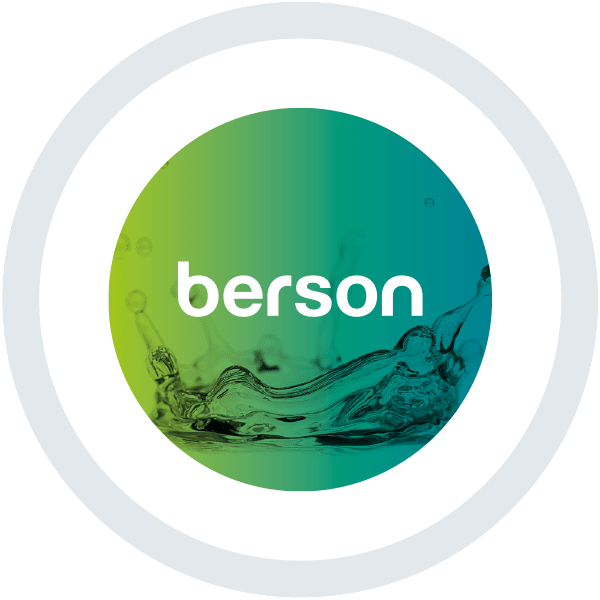Utilization of UV as a preventative control for Legionella in hot water systems
One of the common places where Legionella can grow and multiply is within hot water systems such as domestic hot water heaters, commercial hot water storage tanks, etc. While hot water environments are typically unfavorable for most organisms, Legionella grows best within a temperature range of 77F-108F. Outside of that range, Legionella can survive in an extended range down to 68F and as hot as 122F.
For hot water systems, it’s critical to maintain a water temperature above these stated ranges to prevent the growth and tolerance of Legionella in that environment. Maintaining hot water systems at temperatures above 140F is common practice for this reason.
Maintaining some form of disinfection in these hot water systems is another way to mitigate this risk. The CDC suggests that disinfectants such as chlorine, mono-chloramine, chlorine dioxide, ultraviolet light, and ozone can be used. While effective, utilizing chlorinated oxidizers in hot water systems come with other challenges due to their corrosive nature therefore chlorine concentrations must be well managed and monitored.
UV disinfection can also be ineffective if the wrong UV technology is selected. The high operating temperature in these hot water systems limits the type of UV technology that is applicable. Low pressure and medium pressure UV technology perform differently under different temperature conditions.
- Medium pressure UV – A medium pressure lamp contains mercury and inert gas (argon). Upon excitation, the mercury in the lamp jumps to the gas stage to produce the UVC and has an internal gas pressure of approximately 100 psi. Due to the higher pressure and due to the lamp surface temperature reaching approximately 1500F during operation, this type of lamp remains stable at a large range of water temperatures from 0 to 180 deg F.
- Low pressure high output (LPHO) UV – An amalgam lamp contains a mixture of mercury and metal halides (amalgam) as well as an inert gas. LPHO systems have a lower internal gas pressure of approximately 0.0002 psi and a surface temperature of approximately 230F. Due to this when operated at low water temperatures (i.e. < 40 deg F) the lamp cannot provide a stable output. The LPHO also has a maximum water temperature of 104F as temperatures above this will cause the lamp to run too hot. Temperatures above 104F will damage the amalgam which at a minimum will greatly reduce the lamps performance and at worse, cause the lamp to fail entirely.
See the temperature curve below. While medium pressure UV shows stability across a wide range of temperatures, performance of a low pressure or LPHO lamp diminishes by 20%-30% even within the 40F-104F allowable operating temperature window.

If it’s critical to maintain 140F in these hot water systems to prevent the growth of Legionella, medium pressure UV must be selected if UV technology is to be utilized as a preventative control.
Stagnant water and dead legs are also areas where Legionella can make a home so it’s critical to eliminate any dead legs in the initial design and to constantly recirculate water throughout the system. Recirculation is also critical to the effectiveness of the UV system since there is no residual disinfection post-UV. All water must flow through the UV system just before the point of use to ensure adequate disinfection.
By: Brian Grochowski
For more information…
https://www.cdc.gov/legionella/wmp/overview/growth-and-spread.html









